United Airlines flight UA2373 from Los Angeles to Kona experienced an engine issue that required a return to LAX approximately 90 minutes after departure earlier this week. The aircraft, a medium-age, 23-year-old Boeing 757-300 (N78866), landed safely, and passengers were rebooked on a second 757-300 (22-year-old N75854) to complete their journey later the same day.
While the incident caused delays, United emphasized the precautionary nature of the return, ensuring passenger and crew safety.
The unique Hawaii role of the Boeing 757.
For decades, United’s Boeing 757 fleet has been a cornerstone of the airline’s Hawaii operations, valued for its power-to-weight ratio and transoceanic range. Pilots frequently comment on BOH about the 757 responsiveness and versatility, but passenger opinions are more divided.
Emily, a frequent flyer, commented, “After flying on a United 787 recently, stepping onto a 757 feels like a trip back in time.” Others appreciate its reliability, with TomK stating, “I will always fly on a 757. It’s one of the most comfortable planes in the air.”
BOH editors have mixed opinions of this venerable old aircraft. We like the Polaris seats compared with the alternative narrow-body first class, but we would love to try the new lie flat A321XLR seats.
A growing history of mechanical diversions.
This latest diversion follows several recent mechanical issues involving United’s 757 fleet. On December 28, another 757-300 diverted to Albuquerque due to smoke in the cabin, then just one month ago we detailed another event, a High-Speed Landing Drama On United Hawaii Flight After Mechanical. And four months ago, a mid-Pacific hydraulic failure prompted another 757 emergency landing, as covered in United Hawaii Flight Diverts Mid-Pacific With Hydraulic Failure. These incidents highlight either just a coincidence or the operational challenges of maintaining older aircraft on long-haul routes.
Maintenance is a cornerstone of safety.
Despite its age, the 757 remains a very safe and generally reliable when maintained properly. JA, a commenter and aviation enthusiast, noted, “The age of the aircraft is not relevant. Maintenance is key, and well-maintained planes can fly as safely as newer ones.”
However, recurring mechanical issues on high-profile routes can erode passenger confidence, particularly when modern alternatives like the Boeing 787 provide advanced technology and enhanced comfort.
Mixed feelings from passengers and crew.
While pilots and engineers often defend the 757, praising its robustness, passengers share mixed opinions. RPCV commented, “The 757 is a great plane for airlines, but as a passenger, I find it uncomfortable for flights longer than two hours.”
Don expressed concerns about the plane’s age, asking, “How many people know they’re flying on a 30-year-old aircraft? Parts don’t fail without a reason.” These contrasting perspectives reflect a growing tension in comment sentiment between nostalgia for the aircraft and the demand for modernity in Hawaii aviation.
The push for fleet modernization.
Airlines like United face growing pressure to replace older planes with next-generation models. Modern aircraft such as the Boeing 787, Boeing MAX, and Airbus A321 family offer improved fuel efficiency, advanced systems, and arguably greater passenger comfort.
Mark Z. captured the debate succinctly: “Maintenance is critical, but as technology advances, airlines should invest in newer planes to keep up with traveler expectations.” While United has plans to upgrade its fleet, the transition is gradual, leaving the 757 in active service for the foreseeable future.
United is set to replace the 757 fleet with a mix of A321neo and A321XLT as those are delivered. We wrote about that recently in Route Opener” Aircraft Could Revolutionize Hawaii Travel—Are You Game?
What this means for Hawaii travelers.
Travelers concerned about the age of aircraft on Hawaii routes can take proactive steps, such as checking the plane type when booking. However, this is not a guarantee, as airlines often switch aircraft with little or no notice.
Many carriers prominently feature newer models on specific flights, providing more reassurance for those prioritizing comfort and advanced technology. Still, as Roy pointed out, “The 757 has been around for a while, and it’s still one of the fastest, most dependable aircraft out there.”
For now, the 757 remains a vital link between Hawaii and the mainland, balancing both its storied legacy and the evolving demands of the island aviation industry.
Do you enjoy flying on the Boeing 757 to Hawaii?
Get Breaking Hawaii Travel News
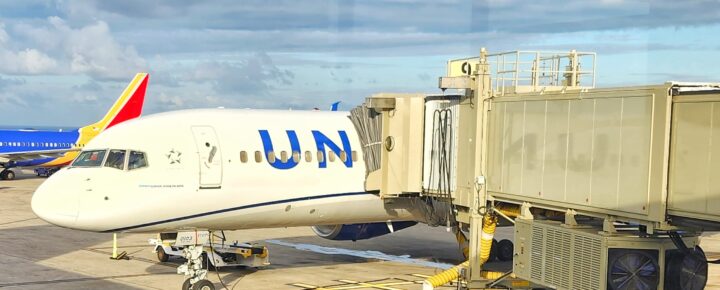
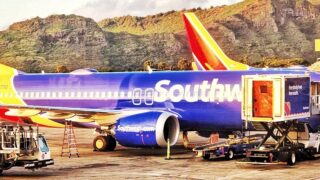
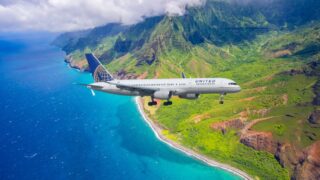
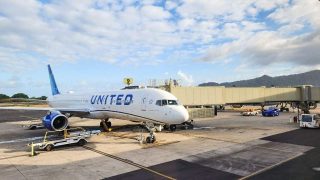
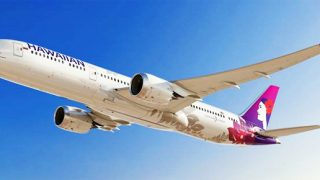
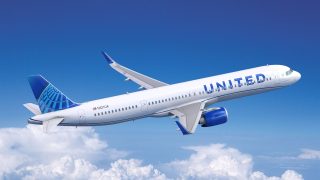
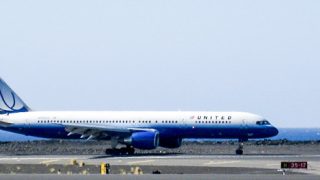
UA operates two types of the 757’s.
The one mentioned here is the body crushing/sardine can 757-324, formerly operated by Continental.
The 757-324’s do not offer Polaris seating. Seating density is very tight – 37″ in domestic first class, coach it’s 30″ to 31″, Economy Plus is about 34″ and the emergency exit rows it’s about 36/37″. Most passengers end up sitting in seats with standard leg room.
The 757-324’s carry 234 passengers – almost as dense as Frontier’s A321’s which carry 230 passengers. Granted, UA offers three types of seat pitches/leg room, vs. Frontier’s all coach seating – with some rows offering extended leg room/pitch.
The real treat are UA’s 757-222’s that have Polaris 16 lie-flat seats and 76″ seat pitch! However, it’s not often that UA offers the 757-222’S for Hawaii flights.
The 757-324’s are used by UA for dense domestic routes – where they pack’em in!
Sumner R.
The 757 isn’t used for our normal SFO to LIH (and return) flights. These days we only ride the 757 if we are re-routed through DEN. Of the narrow body planes that UA flies it is fine in E+. I really don’t care what UA uses, as long as it gets us where we are going.